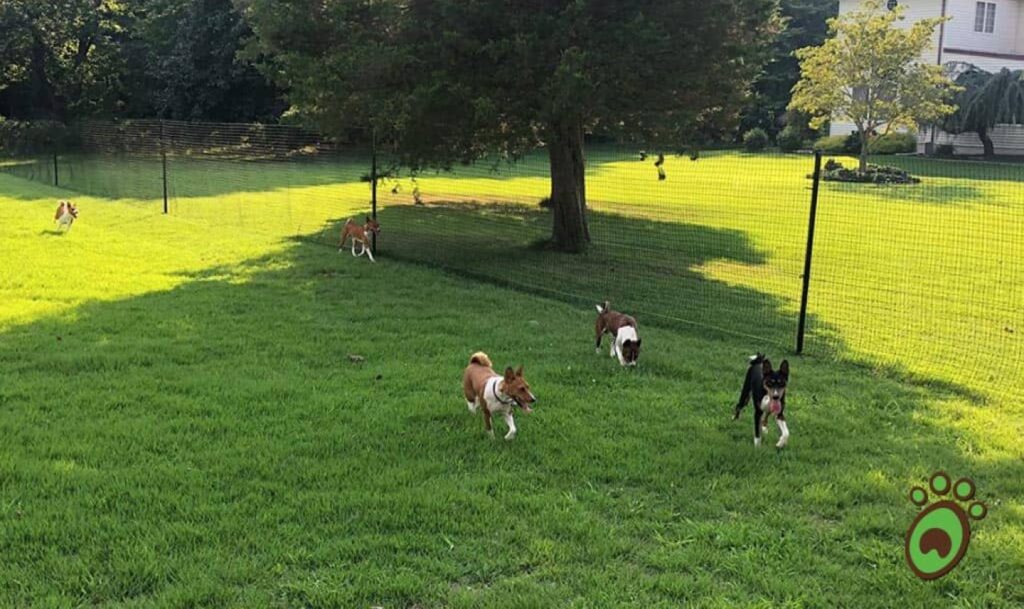Dogs have long been considered “man’s best friend,” and for good reason. These loyal, loving creatures bring immeasurable joy and companionship to our lives. As responsible pet owners, we often ponder whether our dogs understand the depth of our affection for them. Do they comprehend the concept of love as we do? In this comprehensive exploration, we’ll delve into the fascinating world of canine cognition and emotions to better grasp how dogs perceive and reciprocate our love.
The Language of Love
Dogs are highly attuned to human emotions, making them experts at reading non-verbal cues. While they may not understand complex emotions like love, they can undoubtedly sense our feelings through our actions, tone of voice, and body language.
Non-Verbal Communication:
Dogs pick up on human emotions through body language and tone of voice. They can sense happiness, sadness, and anxiety based on our non-verbal cues, responding accordingly to our emotional states.
Tail Wagging:
Tail wagging is a universal canine language. The speed, height, and direction of the wag convey emotions. A fast wag signifies excitement, while a slow, gentle wag represents relaxation. Understanding tail language helps interpret your dog’s feelings.
Gaze and Eye Contact:
When your dog gazes into your eyes, it releases oxytocin, strengthening the emotional bond. Mutual eye contact enhances trust and attachment, making it a powerful way to express love.
Physical Touch:
Dogs seek physical contact for bonding and reassurance. Petting and cuddling convey affection, transcending language barriers, and nurturing the emotional connection between you and your furry friend.

Signs of Love and Attachment
Enthusiastic Greetings
One of the most heartwarming experiences for dog owners is the enthusiastic greeting they receive when coming home. Your dog’s excitement, wagging tail, and joyful barking are clear indicators of their love and attachment.
Cuddling and Nuzzling
Dogs often seek physical closeness with their owners. Curling up beside you on the couch, resting their head on your lap, or nuzzling your hand are all expressions of love and affection.
Following You Everywhere
Ever wonder why your dog follows you from room to room? It’s a manifestation of their attachment and a way of staying close to the one they love.
Sleeping Together
Sharing your bed or sleeping nearby is another way dogs express their love. They find comfort and security in being close to their human pack.
Actions Speak Louder Than Words
While dogs may not understand the word “love,” they certainly grasp the feelings and actions associated with it. Demonstrating your love through your actions is one of the most compelling ways to convey your affection for your furry companion.
Quality Time Together:
Spending dedicated, quality time with your dog, whether it’s a leisurely stroll, a game of fetch, or simply cuddling on the couch, deepens your emotional connection and lets your dog know they’re cherished.
Proper Nutrition and Care:
Demonstrating love involves providing your dog with nourishing meals, regular grooming, and timely veterinary care. It’s a tangible way to ensure their health, comfort, and happiness.
Exercise and Play
Regular physical activity and play not only keep your dog in good shape but also promote mental well-being. Engaging in these activities reflects your commitment to their vitality and joy.
Safe and Comfortable Environment:
Offering a secure, cozy living space with a comfortable bed, stimulating toys, and protection from the elements communicates your devotion to your dog’s comfort and safety.
Training and Positive Reinforcement
Training your dog using positive reinforcement techniques is an investment in a well-behaved and content companion. It showcases your dedication to fostering a harmonious and respectful relationship.

The Role of Safety and Security
Dogs thrive when they feel safe and secure, and one effective way to convey your love is by ensuring their protection through the use of a dog fence. This addition to your pet’s environment not only establishes clear boundaries but also contributes significantly to their overall well-being.
Creating Safe Boundaries:
One of the fundamental aspects of a dog fence is its ability to set clear boundaries for your furry friend. Dogs, by nature, feel more comfortable when they understand the limits of their territory. The presence of a physical and visual barrier defines their designated area, reducing anxiety and uncertainty about where they should be.
Controlled Outdoor Access:
A dog fence provides a secure outdoor space where your dog can safely explore, play, and relieve themselves. This controlled access to the outdoors allows them to fulfill their natural instincts without the risk of wandering off or engaging in excessive barking triggered by perceived threats.
Supervised Daytime Play:
During the day, a dog fence transforms into a supervised play and exercise area for your canine companion. This controlled environment ensures that your dog remains active, mentally engaged, and content. A well-exercised dog is not only healthier but also less likely to exhibit nighttime boredom-induced barking.
By incorporating a dog fence into your pet’s environment, you’re not only enhancing their sense of security but also reinforcing your commitment to their safety and well-being. This tangible expression of love goes a long way in strengthening the bond between you and your beloved four-legged family member.
Dogs may not understand the word “love,” but they sense and reciprocate affection through non-verbal cues, actions, and trust. Quality time, proper care, exercise, and a safe environment all contribute to the unique bond between humans and dogs. A dog fence plays a crucial role in creating boundaries and enhancing security, reinforcing this extraordinary connection.






































